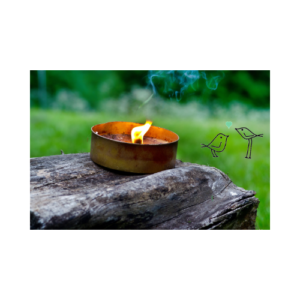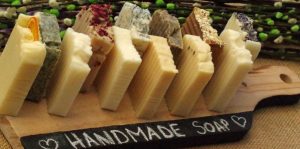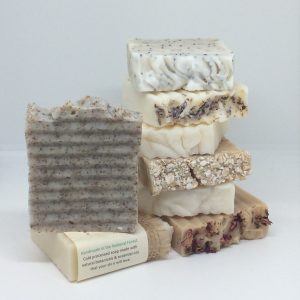So we are at the height of summer in the UK and with it comes the usual range of insects to nibble you in the evening glow.
So what is the alternative to getting bitten? Stay indoors or light up a candle that wards of the little blighters whilst you enjoy your evening of cold Pinot Grigio ( other beverages available).
So what does deter the insects and can it be done naturally?. Most outdoor insect repellent candles control DEET or if you are really clever N,N-Diethyl-meta-toluamide. DEET was developed by Samuel Gertler for use by the United States Army following its experience of jungle warfare during World War II and was originally tested as a pesticide on farm fields.
So whilst the mosquitos intensely dislike the smell it is also not so pleasant for us humans so I though I would look for an alternative to make up some summer candles myself.
There are many recipes available on the old interweb thing – it is down to which fragrance you like. I have added Essential oils in combinations of Citronella, Clove, Peppermint, and Cedarwood, Eucalyptus and Lemongrass. With my pale skin I am a natural target for the bugs but have found with a natural candle burning the bites are getting less.
 I am of to light a candle and have a glass of something cold whilst the sun goes down……enjoy your summer and watch out for the flying ants.
I am of to light a candle and have a glass of something cold whilst the sun goes down……enjoy your summer and watch out for the flying ants.






